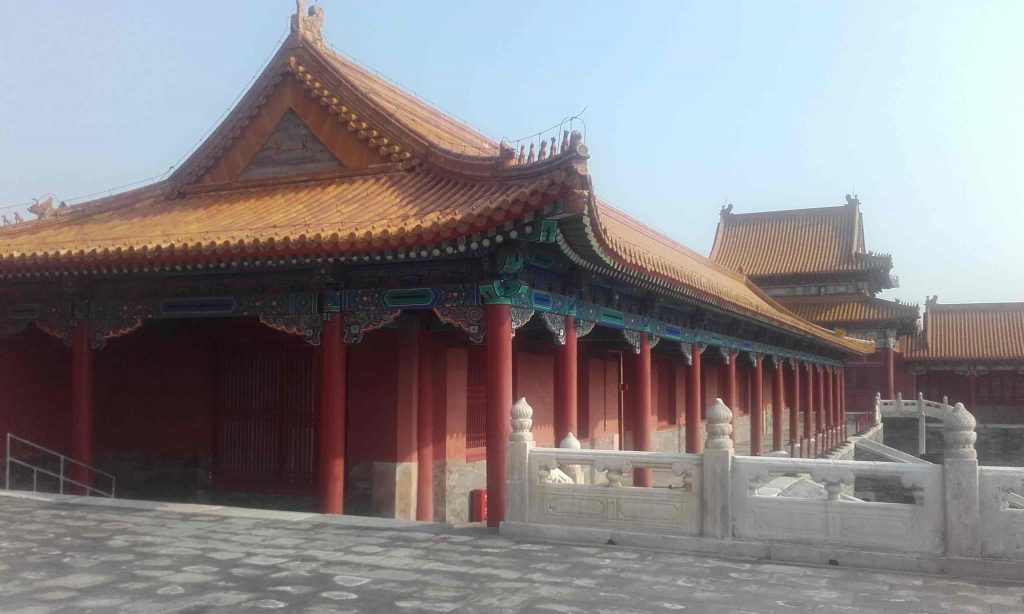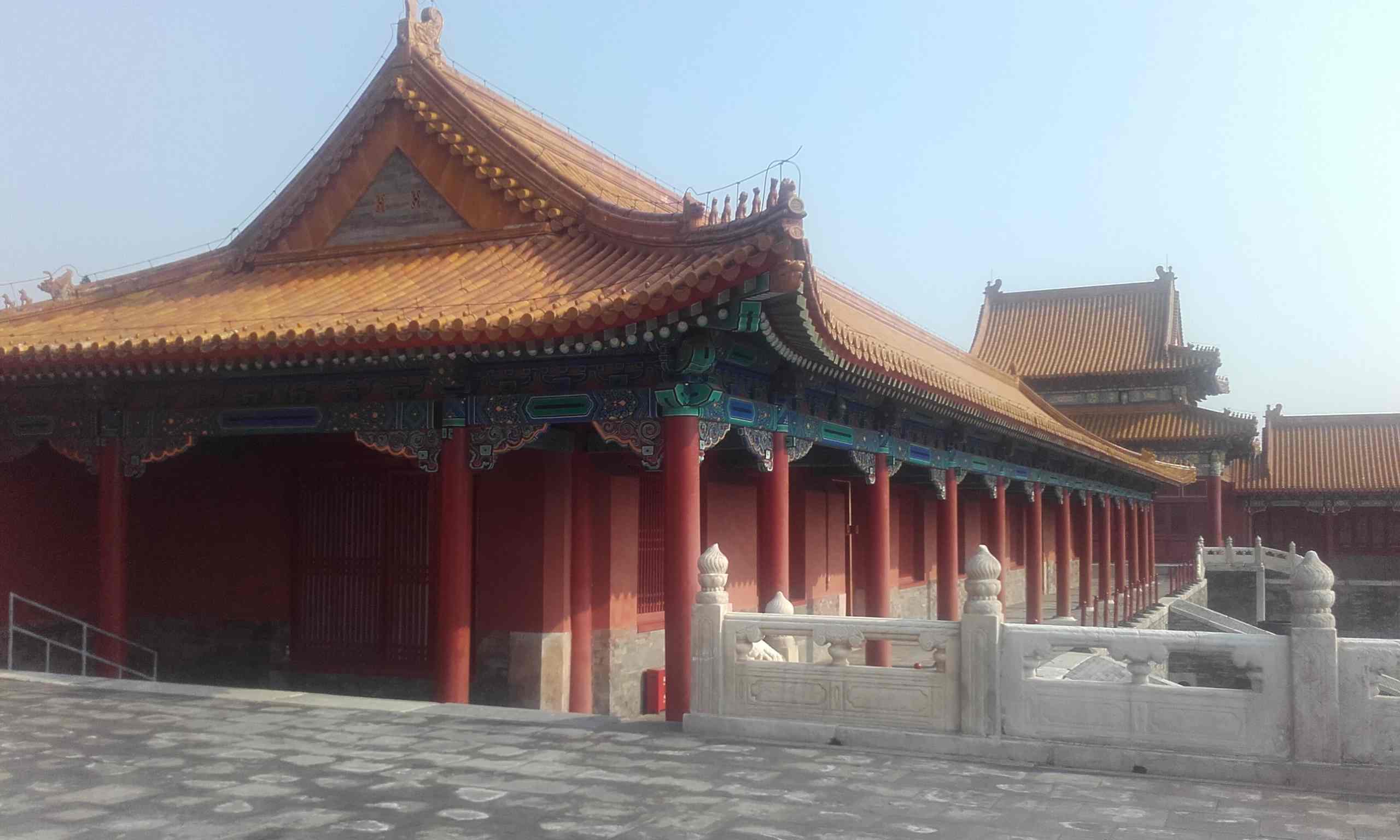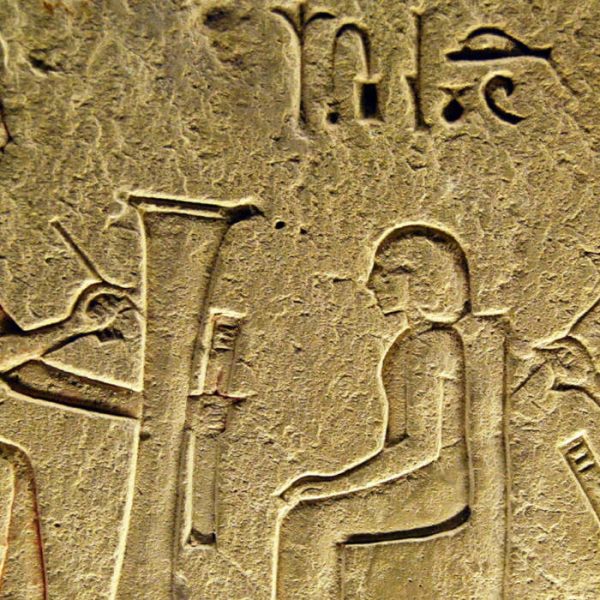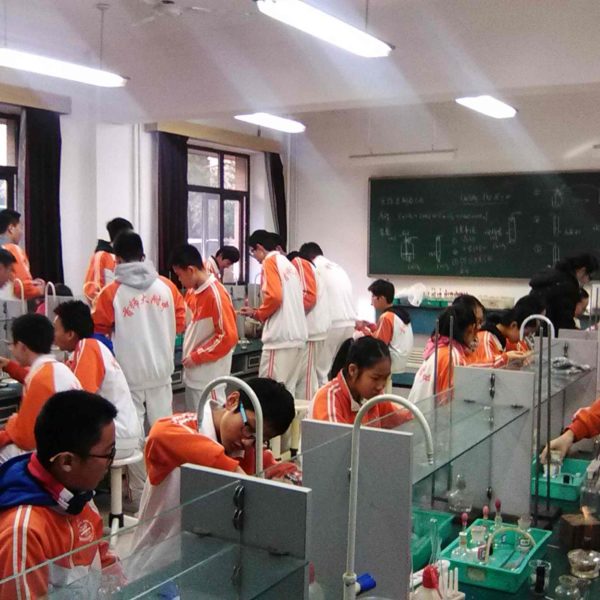Beijing or northern capital has been one of the most exciting cities in the contemporary world and one of the world capitals today. It is a mix of traditional Chinese neighbourhoods and houses called hutong (胡同) and modern skyscrappers. Although the cultural heritage of Beijing consists of different architecture, historical remains and events –to mention Summer Palace, Tiantan or Temple of Heaven, Great Wall, Tiananmen Square, there is a place where everything started: Forbidden city.
The story of Forbidden city goes to emperor Yongle from the Ming dynasty in the 15th century. His father Zhu Yuanzhang was one of the rebellion leaders against the Yuan dynasty, the Mongolian dynasty which ruled in China. After a victory over Yuan and conquering capital Nanjing, he as new emperor Hongwu from the Ming dynasty sent his son and future emperor Yongle to the Beijing region as a prince. Although, he was not chosen to be emperor, Yongle conquered Nanjing and the throne. He transferred capital from south to the north for his own safety where he built Forbidden city, a new palace and core of new city – Beijing.’
I had live lectures from Forbidden city for several schools in Croatia, Bosnia and Herzegovina, Serbia, Northern Macedonia and Denmark
The interior policies of Yongle have been related to administrative reforms and re-shaping government and officials with a kind of re-tradition of institutions. Also, he organized a strong military system and borders including northern frontiers to Mongolians. For this purpose, Great Wall was rebuilt and made in the shape and structure that we know today. Foreign affairs have been other important details of his governing and he chooses the navy as a military and trade tool, so one of his navy commanders Zheng He has been traveling to South and Southwest Asia, East Africa and Madagascar. These voyages have been part of diplomatic activities and the Chinese emissaries established political and trade connections with over thirty political entities. Also, Chinese scholars used these trips to map the world and research different aspects of geography and biology of Asia and Africa. The main center for the Ming empire has been Beijing and Forbidden city.
The imperial palace Forbidden city has been found in 1406 and construction has been finished 14 years later. According to legend, over a million workers and 100 000 craftsmen constructed the palace. The construction material in the palace shows imperial geography: wood from South China, a stone block from Beijing and bricks from Suzhou. Transportation of material has been through water and ice (water has been iced in winter and used for easier transportation of stone). The wall around the palace is 10 m high. The main direction of the complex is north-south which follows feng shui.
It is made of several parts including the emperor’s palaces and rooms, ceremonial and administrative rooms with places for servants. Its name is related to the emperor’s right to enter part of the palace while others (empress, court, guests, servants) have restrictions. Usually, it is divided into Outer and Inner Courts. The former is ceremonial while the latter is residential. There are 980 buildings and over 9000 rooms. The number of rooms is still under debate because traditional perspectives mentioned 9999 rooms linked with Chinese cosmology and numerology where the number 9 has been a number of eternity.
The complex has four gates located in different directions: southern Meridian Gate, northern Gate of Divine might and Prosperity Gates situated on the east and west. The main buildings are Hall of Supreme Harmony, Hall of Central Harmony, Hall of Preserved Harmony, Palace of Heavenly Purity, Hall of Celestial and Terrestrial Union, Palace of Earthly Tranquility, Treasure Gallery and Imperial Gardens.
The re-construction of the palace was constant and the majority of buildings were built in the 18th century. Contemporary Forbidden city is a tourist attraction, UNESCO protected heritage and Palace museum with 15 million visitors per year. It was home to 24 emperors from the Ming and Qing dynasties. This remarkable place has been one of the key spots in Beijing and China and a crucial place for visitors around the world. But, many of people including pupils and teachers in school do not have the opportunity to visit Beijing and Forbidden City. How should they explore and feel this heritage place?
Teaching the forbidden city
Another issue is a presentation of the Forbidden City in Western schools. In the last years, I had live lectures from Forbidden city for several schools in Croatia, Bosnia and Herzegovina, Serbia, Northern Macedonia and Denmark. It was organized by teachers in primary and secondary schools. The lecture consists of the walking tour in 45 minutes with live explanation of architecture and design with historical and political context. After the lecture, there was space for questions and answers. This idea was an option and could increase with other video material and we could find on Khan Academy , Smithsonian or Penn Museum.
The main elements for pupils should be a focus on cultural heritage in the contemporary world including the importance of architecture, variety of design, understanding of feng shui and Chinese cultural tradition. Also, students should focus on political and social elements on building the palace for the construction of the new Ming dynasty, late medieval and early modern China. If there is a live video or video made by amateurs, students could see contemporary visitors and their behavior, clothes, social environment.
Forbidden city is a core of Beijing and everything starts there, but the imperial palace is still live. It is the center of the city and hotspot to understand Chinese history, heritage and tradition. Video lectures with a combination of solving problems classroom methods could fill the gap and put the Forbidden city in the school curricula.

Forfatter(e)
Goran Đurđević (Djurdjevich) is a Croatian archaeologist and (environmental) historian who is Ph.D. candidate of Archaeology at Capital Normal University (CNU) in Beijing.



